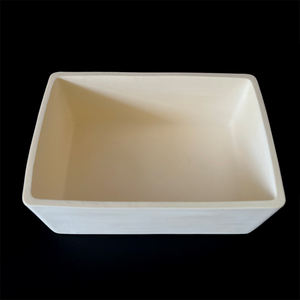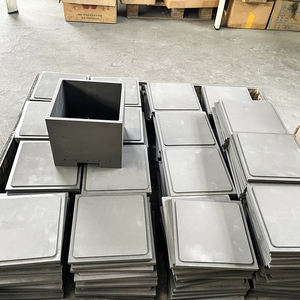Professional industry ceramic supplier, silicon nitride, silicon carbide, aluminum nitride and any other kinds of ceramics.
PRODUCT PARAMETERS
Description
Overview of High Alumina Dense Castable Refractory Product
High Alumina Dense Castable Refractory Product are non-metallic substances designed to withstand extreme temperatures exceeding 1,000°C, along with harsh chemical and physical stresses. They are essential for the inner linings of industrial furnaces, kilns, reactors, and incinerators, providing critical thermal insulation and structural integrity in processes ranging from metal and glass manufacturing to power generation.
Features of High Alumina Dense Castable Refractory Product
-
High-Temperature Resistance: Maintain structural strength and stability at temperatures often exceeding 1500°C.
-
Excellent Thermal Shock Resistance: Withstand rapid heating and cooling cycles without cracking or spalling.
-
Chemical Inertness: Resist corrosion and degradation from slags, molten metals, and acidic or basic environments.
-
High Mechanical Strength: Possess considerable load-bearing capacity at operating temperatures.
-
Low Thermal Conductivity: Provide effective insulation to improve energy efficiency and protect furnace structures.
-
Abrasion Resistance: Withstand erosion from solid materials and gas flows.
Specification of High Alumina Dense Castable Refractory Product
High alumina thick castable refractory is a strong material for high-heat work. It handles extremely hot conditions well. This castable is mostly made from alumina. Its alumina degree is generally over 70%. Often it goes up to 85% or even more. This high alumina material is vital. It implies the castable keeps solid against warm and wear. It likewise battles chemical assaults much better. These are common problems in heating systems and kilns.
This product is called “thick” for a reason. It compacts tightly. Its thickness is high. This high thickness makes it more powerful. It additionally quits warmth from travelling through easily. So, it acts like a good heat barrier. It maintains heat where it need to be. This is vital for conserving energy and maintaining temperature levels stable. The dense framework additionally aids it last much longer. It withstands damages from warm things hitting it.
Using this castable is uncomplicated. You mix it with water. After that you pour or pump it into area. It establishes and solidifies without needing severe heat at first. This makes installing it simpler. It bonds well to itself and other refractories. This creates a solid, smooth cellular lining. It’s good for complicated forms or repair services. You can shape it quickly before it establishes.
This product operates in several hot spots. It’s utilized in steel heating systems, concrete kilns, and shops. It lines central heating boilers and incinerators as well. It withstands temperature levels over 3000 ° F. It takes care of sudden temperature level adjustments without fracturing a lot. It also withstands assault from liquified metals and slag. This integrity makes it a leading option for hard commercial work. It gets the job done where warm is intense.
Applications of High Alumina Dense Castable Refractory Product
High alumina thick castable refractory is a strong material. It handles extremely high temperatures well. People use it in lots of hot industrial places. It’s good for furnaces and kilns. The steel sector requires it a lot. They use it in electric arc furnaces. They utilize it in ladles for holding molten steel. It lines the bottom of ladles. It shields the ladle lining. It likewise functions well in tundishes. Tundishes regulate steel flow. The concrete market utilizes this castable as well. It lines the cyclone preheaters. These get extremely hot. It lines the kiln inlet areas. These locations deal with high heat and wear. Petrochemical plants depend on it. It operates in agitators and fracturing systems. These units process oil at high temperatures. The dense framework is crucial. It quits hot gases and fluids from surviving. This keeps the heat inside. It makes heating systems work much better. The product is likewise strong against massaging and striking. Commercial equipment creates wear. This castable lasts a long period of time. Installing it is easy. Employees blend it with water. Then they put it or pump it into location. It establishes hard without requiring much warmth. This saves energy and time. Foundries use it for furnace cellular linings. It deals with liquified steel sprinkles. Glass factories use it in container heaters. These hold dissolved glass. The high alumina fights chemical attack. Warm liquids and gases can be rough. This product resists them. Central heating boilers and incinerators require linings. This castable jobs there. It handles the warmth and fires. It’s a trustworthy choice for laborious.
Company Profile
Tanki New Materials Co.Ltd. focus on the research and development, production and sales of ceramic products, serving the electronics, ceramics, chemical and other industries. Since its establishment in 2015, the company has been committed to providing customers with the best products and services, and has become a leader in the industry through continuous technological innovation and strict quality management.
Our products includes but not limited to Aerogel, Aluminum Nitride, Aluminum Oxide, Boron Carbide, Boron Nitride, Ceramic Crucible, Ceramic Fiber, Quartz Product, Refractory Material, Silicon Carbide, Silicon Nitride, ect. please feel free to contact us.

Payment Methods
T/T, Western Union, Paypal, Credit Card etc.
Shipment Methods
By air, by sea, by express, as customers request.
5 FAQs of High Alumina Dense Castable Refractory Product
What exactly is high alumina dense castable refractory?
It’s a special type of refractory material. You mix it with water to form a slurry. Then you pour or pump it into place. It hardens into a strong, heat-resistant lining. We use it inside furnaces, kilns, and other hot equipment. It handles very high temperatures well.
How do you install this castable?
First, prepare the surface properly. Clean it and make sure it’s ready. Mix the dry castable powder with clean water. Follow the exact water amount specified. Too much or too little ruins it. Pour or pump the wet mix into the mould or space. Use vibrators to remove air bubbles. This makes it dense and strong. Shape it before it sets.
How long does it take to cure and dry?
It starts to harden within hours after pouring. This initial hardening is fast. But full strength takes longer. Keep it damp for at least 24 hours after pouring. This helps it cure properly. Then, you must dry it slowly. Heat it up very gradually over days. Rushing the drying causes cracks. Follow the specific drying schedule carefully.
What maximum temperature can it handle?
This depends on the exact alumina content. Higher alumina usually means higher temperature resistance. Standard dense castables often handle up to about 1650°C (3000°F). Special high-purity grades can withstand even more heat, maybe 1800°C (3270°F). Check the specific product data sheet for the exact rating.
Is it resistant to chemicals and wear?
Yes, generally it is quite good. The high alumina makes it resistant to many slags and chemicals. Its dense structure helps resist abrasion and erosion. This means it lasts longer under tough conditions. It won’t suit every single chemical environment though. Check its compatibility for your specific process.
REQUEST A QUOTE
RELATED PRODUCTS

Custom Manufacturing Heat Resistant Refractory Ceramic Tiles
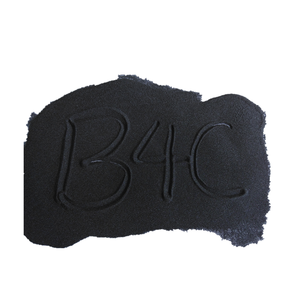
Refractory Porcelain Ceramic Crucible 20ml 30ml 50ml 150mm For Melting
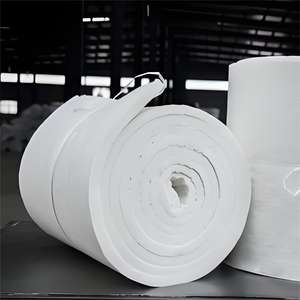
Refractory SS Wire Reinforced Ceramic Fiber Rope Gasket High Quality Ceramic Fireplace Sealing Cord

Refractory Infrared Gas Burner Cordierite Honeycomb Ceramic Plate
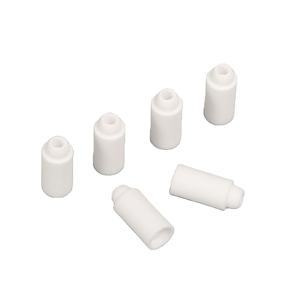
Calcium Aluminate Cement 3000-Degree-Refractory-Cement 45 % Al2o3 HA High Alumina Refractory Cement for Kiln Furnace Lining
